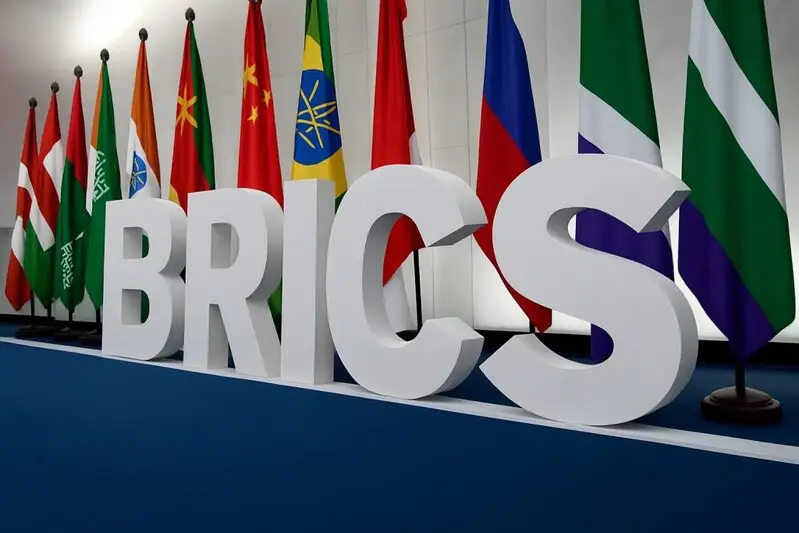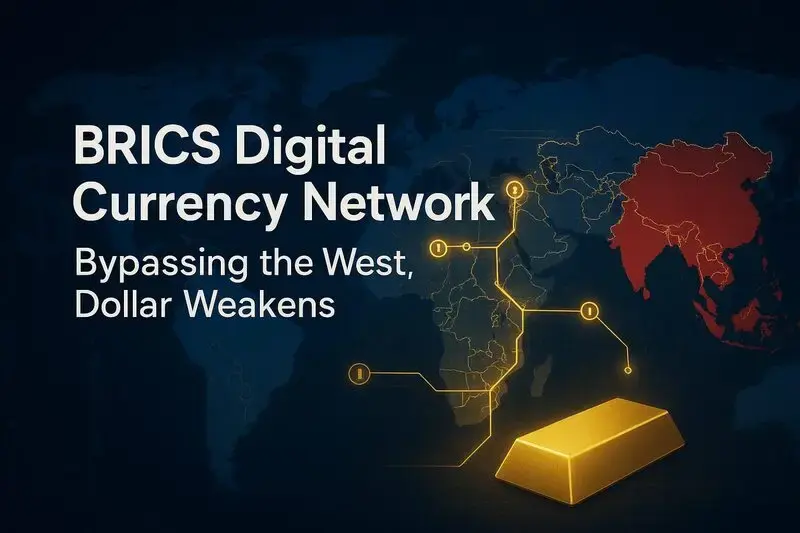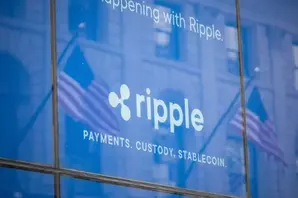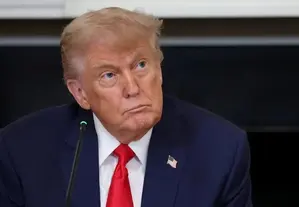BRICS digital currency development is advancing through integrated payment systems rather than a single unified currency right now. Russia, China, and India are connecting their digital currencies—the digital ruble, digital yuan, and also the digital rupee—with infrastructure expected between 2026 and 2027. The BRICS digital currency network aims to bypass Western financial control and reduce dependence on the US dollar through the BRICS Pay platform and local currency settlements.
Also Read: BRICS Currency Real or Just Hype? Why Nations Are Quietly Preparing
BRICS Digital Currency, Release Date, Gold Backing, And Dollar Shift

Payment System Integration Plans
Russia’s State Duma Committee on Financial Markets chairman, Anatoly Aksakov, revealed integration plans during an interview with Vestfm radio. China has already developed its digital yuan and India will soon be actively introducing the digital rupee into the economy. This means the information systems of the three countries could be combined for transactions in digital currencies.
Aksakov stated:
“Therefore, in principle, we could integrate our information systems and technologies with those of China, India, and other countries.”
The digital ruble would automatically convert into the digital yuan at market exchange rates, with the same applying to the rupee. The BRICS digital currency system enables direct conversions between national digital currencies without intermediaries at the time of writing.
Timeline and Release Date Status
There’s no confirmed BRICS currency release date for a unified currency, and that’s been made clear through recent developments. The bloc is implementing a phased approach instead: 2025-2026 focuses on expanding local currency settlements. Even more, the BRICS digital currency 2026 timeline targets BRICS Pay development and testing. A digital settlement token for central bank transactions may be introduced post-2027, though the exact BRICS currency release date for this instrument hasn’t been specified.
Aksakov explained the benefits of this approach:
“Money will move within information systems bypassing banks and therefore no one abroad will be able to see these transactions.”
He also added:
“Of course, it will be and it would also resolve many issues that relate to currency conversion and the interaction of financial institutions since there would be no intermediaries such as Swift. This would maximize and optimize mutual trade.”
Bypassing the Dollar System
The BRICS digital currency 2026 development centers on payment infrastructure rather than a common currency. BRICS Pay represents a decentralized cross-border payment network that processes transactions in national currencies. Unlike Swift, every member nation can run its own node with no mandatory transaction fees. The system is being designed to integrate Russia’s SPFS, China’s CIPS and Union Pay, India’s Unified Payments Interface, and Brazil’s PIX.
Russia has reported that 90% of its BRICS trade happens in national currencies right now. India and China have begun trading in rupees and yuan, while Brazil explores settlement in reais. The movement where BRICS ditches the US dollar accelerates as these developments progress and gain momentum. The BRICS ditches US dollar strategy is being implemented through practical steps rather than dramatic announcements.
Gold Backing Questions
There has been much speculation on the BRICS supporting digital currency through gold. However, official reports have not yet stated them as supportive. The emphasis has changed to the digital payment infrastructure and local currency payments instead of the commodity-backed instruments. Whether the BRICS gold-backed digital currency will come to fruition is still a question to be answered as after 2027 proposals on a digital settlement token have not outlined any gold reserves or asset supporting procedures.
American dollar is still holding almost 60 per cent of the world foreign exchange reserves as of late 2024. Of course, it is not going away overnight. The freeze of hundreds of billions of Russian sovereign assets during 2022 by Washington hastened the development of alternative payment systems in BRICS countries and created shockwaves in the emerging economies.
Also Read: BRICS Makes 10 Eurasian Countries Agree To Curb the US Dollar
Trump also posed a threat of 100% tariffs on countries that use joint currency systems and 10 percent tariffs on countries that develop alternative payment platforms. It is these pressures that have been placed on the BRICS countries, but as opposed to being weaker the determination by the BRICS nations to come up with their own payment networks has been solidified.
Experts suggest a full alternative to Swift or dollar dominance could take decades to materialize. But foundations for the BRICS digital currency infrastructure are being laid right now through quiet and deliberate technical development. Given that China, Russia, and India are the three biggest economies of the BRICS economic alliance, their integration carries substantial implications for global trade patterns and financial systems.






